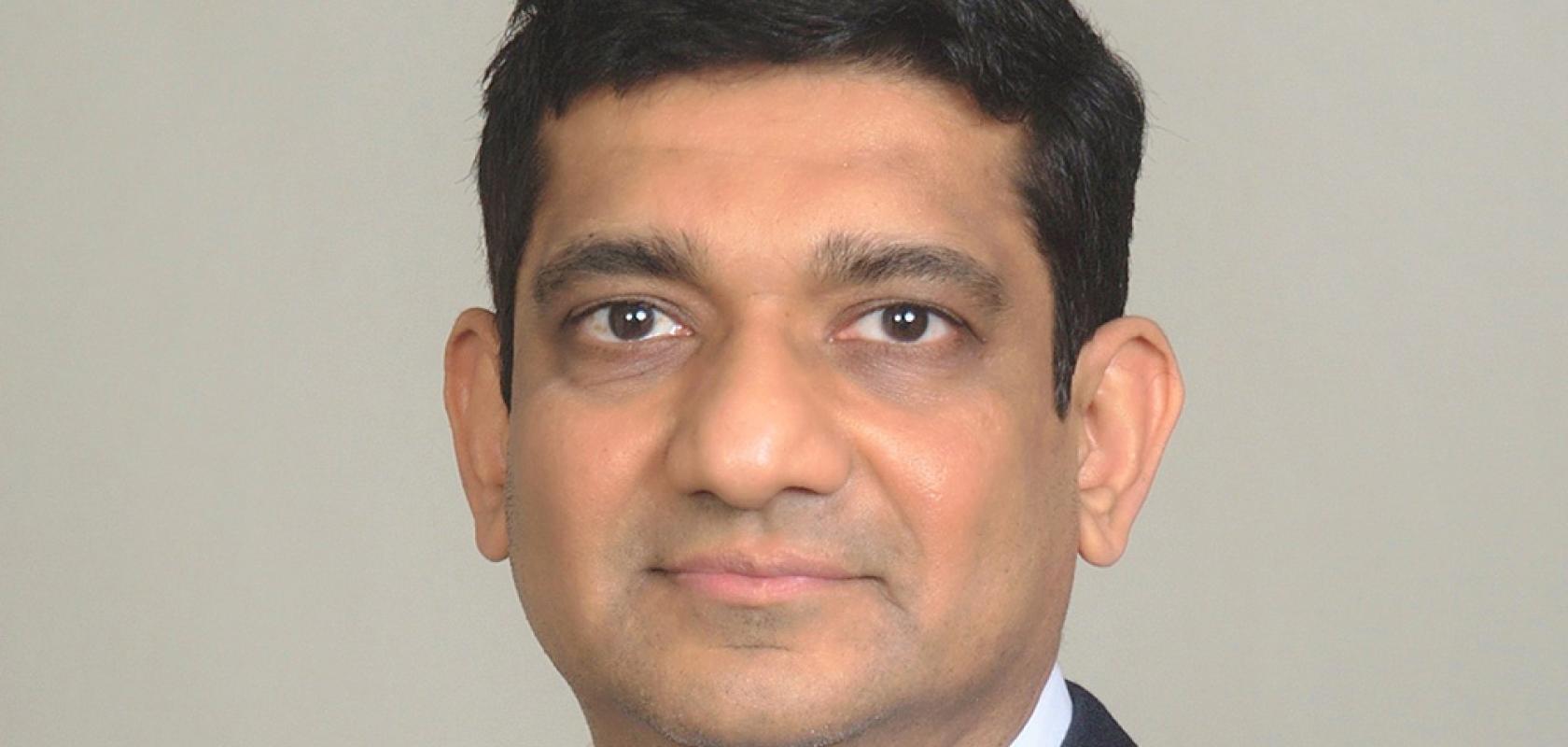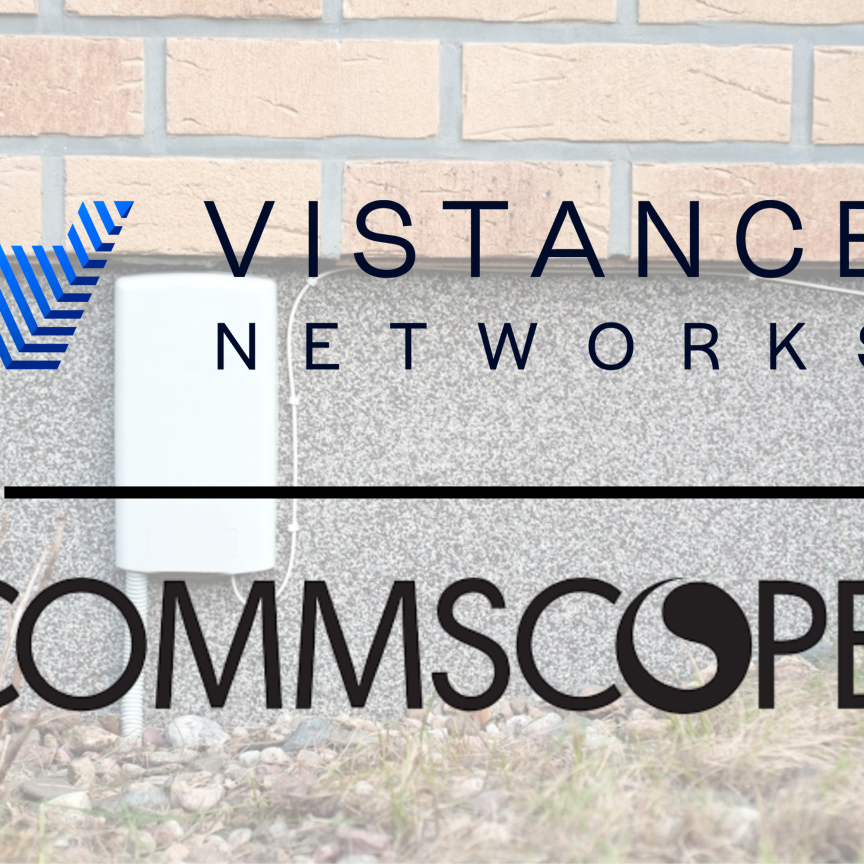Purva Rajkotia outlines some of the trends and challenges in connectivity and telecommunications that are expected to drive the work of standards organisations in the next 12 months
As we look towards 2023, we can see the emergence and advancement of multiple technologies. As such, we present technologies to watch in the coming year, discussed separately but in many ways interconnected.
The need for better global connectivity, as well as many other challenges in connectivity and telecommunications, are factors that drive the work of the IEEE Standards Association (IEEE SA) in this industry.
Evolution of 6G, including O-RAN and wifi
6G, as the name suggests, is the sixth generation of mobile connectivity. Beyond 5G, the next generation of mobile communication systems is expected to have features that contribute to the creation of sustainable and new value, such as ultra-low power consumption, ultra-security and reliability, autonomy, and scalability.
Beyond the obvious needs to amplify applications for better connectivity and performance, including the increase in adoption of artificial intelligence (AI) and machine learning (ML) in numerous applications across all industry sectors, tomorrow’s 6G network should be designed with improved sustainability intentions, security that fosters trust and reliability, and the ability to expand and/or improve connectivity to remote areas of the world. But these desires bring financial challenges; the slow adoption of 5G is not encouraging, and service providers must determine how to monetise 6G in order to justify their investment.
The advance of Open RAN also should help drive down network costs. Open RAN (O-RAN) technology is enabling innovation across applications, including virtualization, software-defined networking, and separation of control plane and user plane. This will enable the dis-aggregation of networks.
Lastly, while 6G gets most of the buzz, let’s remember the rapid advances in wifi technology. Currently, Wi-Fi 7 standards development is underway and expected to be published in 2024. The demand drivers for faster wifi include desires to support 4K to 8K video resolution for high-throughput, low-latency applications such as augmented reality (AR), virtual reality (VR), and cloud computing.
Sustainability in connected systems
The IT network consumes the most energy in the content delivery process. From the service provider perspective, capital and operating costs are the financial guideposts of investment, and these costs must be recovered to be profitable. We are seeing an increased interest in the use of renewable energy sources to power infrastructure in areas where electricity is not available, thus enabling possibilities for connectivity in areas not considered before. So, for example, a solar-powered cell tower might now be present in an area without electricity. But service providers also seek to reduce operating costs, particularly with the more demanding infrastructures required to support 5G. Renewable energy sources used to operate, as examples, base stations and towers, can reduce overall operating energy costs.
Other factors are coming into play which are influencing the interest and adoption of renewable energy, including climate change. We are seeing dramatic shifts in weather events, such as historic drought in the Pacific Northwest of the United States but also many parts of Europe. For example, in areas of severe drought where water is used to generate power but also needed for agriculture and potable water for community residents, difficult decisions must be made which may include adoption of renewable energy sources to augment hydropower. These and other factors are driving stronger conversations, innovations, and adoptions of renewable energy as alternatives to augment or replace existing energy sources.
As we usher in a new year, we can expect to see continued advancement of efforts and technology evolutions leading towards our efforts to bring and improve upon connectivity to everyone, everywhere. Learn more about IEEE SA and get engaged.
Purva Rajkotia is the Director of Global Business Strategy & Intelligence (GBSI) and the Connectivity and Telecom Practice Lead at IEEE SA. He has authored more than 100 patents granted by the U.S. Patent Office and other worldwide patent organisations.


